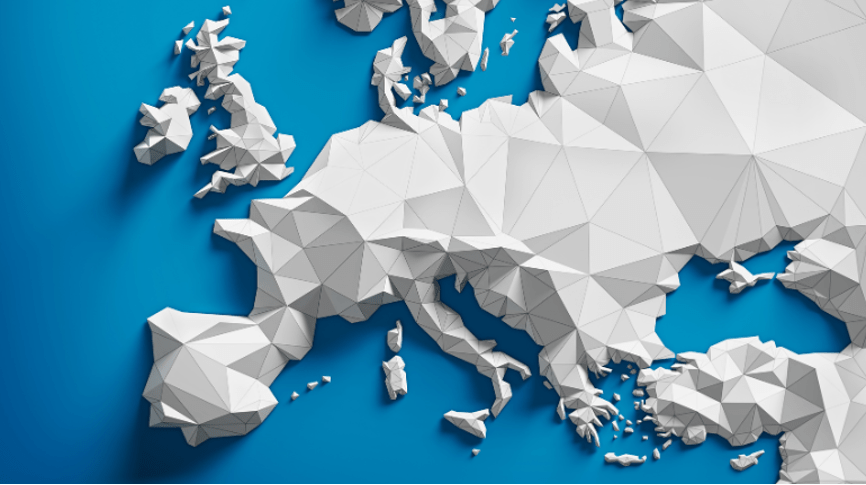The European market for pharmaceutical packaging and labeling
The European market for pharmaceutical packaging and labeling

The pharmaceutical packaging market in Europe is experiencing significant growth, driven by the need to ensure product safety, compliance, and traceability. Not only does this sector play a crucial role in protecting drug quality, but it is also critical in providing critical information to patients and healthcare professionals. In recent years, the focus on innovative and sustainable solutions has transformed market dynamics, leading to an evolution of packaging strategies.
The crucial role of pharmaceutical packaging
Pharmaceutical Packaging means more than just a package, it means a vital part of the success of the product. Pharmaceutical packaging must meet specific requirements to ensure protection from contamination, patient safety and regulatory compliance. Labeling plays an equally important role, providing detailed information about the contents, dosage, expiration dates and other important indications.
Recent scandals related to counterfeit medicines and medication errors have reinforced the need for safer packaging and accurate labeling. European regulations, such as EU Regulation 2016/161 on the authentication of medicines, have introduced stringent measures to ensure that every package is traceable and meets safety standards.
Key trends in pharmaceutical packaging and labeling
In recent years, the pharmaceutical packaging industry has seen several key trends emerge that are shaping the market:
- Customized packaging: The pharmaceutical industry is increasingly adopting customized packaging solutions, which allow the package to be tailored to the specific needs of drug administration, or of the patient himself. This approach aims to improve safety and convenience for the end user. Digital technologies, such as variable data printing, or flexographic printing, enable the creation of labels unique to each product, improving traceability and reducing the risk of counterfeiting.
- Environmentally sustainable packaging: Sustainability has become a crucial issue in the pharmaceutical industry, prompting companies to invest in environmentally sustainable packaging. The use of materials that are recyclable, biodegradable or derived from renewable sources is increasing. In addition, reducing plastic use and seeking lighter, more compact packaging are becoming priorities. These initiatives not only help reduce environmental impact, but also respond to growing consumer demand for “greener” products.
- Advanced tracking technologies: The introduction of serialization and technologies such as RFID (Radio-Frequency Identification) and blockchain is revolutionizing the market. These solutions allow each individual package to be tracked throughout the supply chain, providing greater transparency and security. In Europe, traceability has become mandatory for many drugs, prompting companies to invest in cutting-edge technology solutions.
- Smart packaging: The use of digital technologies is paving the way for smart packaging, packages that can interact with patients or health professionals. Through QR codes, NFC tags, or embedded sensors, packages can provide additional information, monitor product temperature, or alert if it has been opened. These innovations improve the safety and quality of treatment by providing a better user experience.
The impact of European regulation on the Continent’s market
The evolution of the pharmaceutical packaging industry in Europe is strongly influenced by European Union regulations. These regulations aim to ensure patient safety, protect drug integrity and prevent counterfeiting. Some of the most relevant regulations include:
- EU Regulation 2016/161: Introduces mandatory serialization for prescription medicines, requiring each package to have a unique code to ensure traceability.
- Directive 2001/83/EC: Sets out rules on the manufacture, marketing and distribution of medicines in the EU, including specific requirements for packaging and labeling.
- Guidelines on Good Distribution Practices for Medicines for Human Use (GDP): Establishes standards for the safe handling and transport of medicines, including specific provisions for packaging.
These regulations have a direct impact on pharmaceutical companies and packaging suppliers, who are required to comply with ever-higher standards. Compliance with regulations requires significant investment in new technologies and manufacturing processes, but it also offers excellent opportunities to differentiate oneself in an increasingly competitive market
The growth prospects for the European market
The growth prospects for the pharmaceutical packaging market in Europe are promising. Increasing focus on sustainability, adoption of advanced technologies, and increasing demand for customized solutions are driving the industry’s expansion. The market is expected to reach significant value in the coming years, with a positive compound annual growth rate (CAGR).
So, while regulation continues to influence market dynamics, there is no shortage of opportunities for innovation and development. The outlook for growth is positive, and companies that can adapt to new requirements will have a competitive advantage in an increasingly demanding and technologically advanced market.